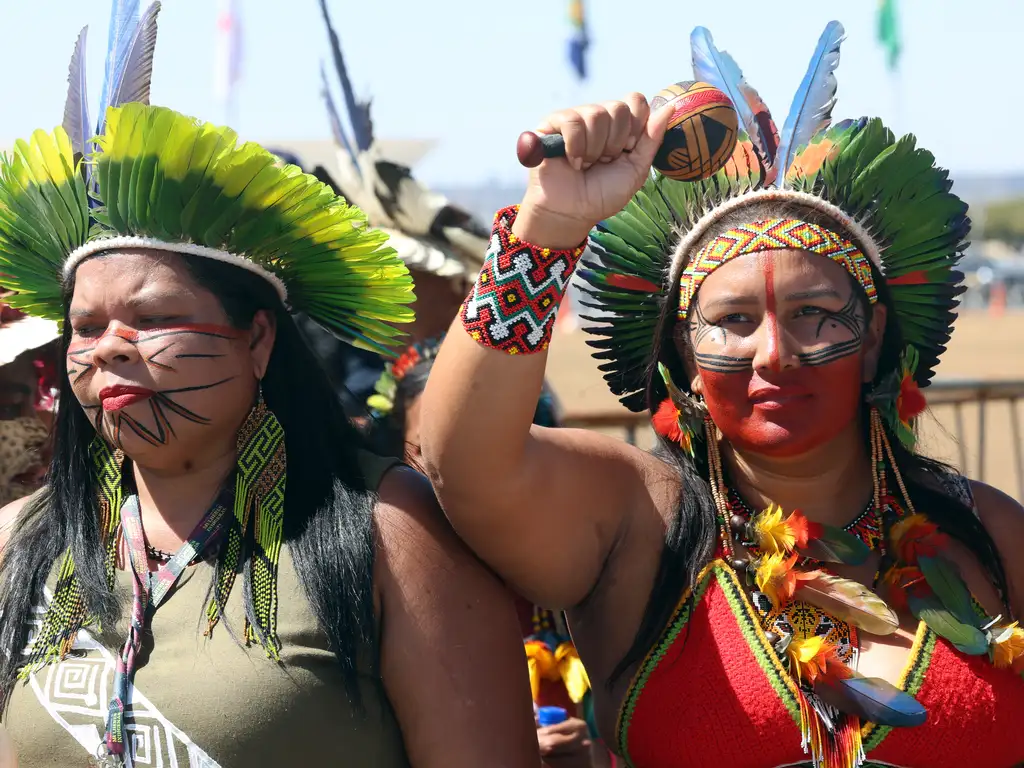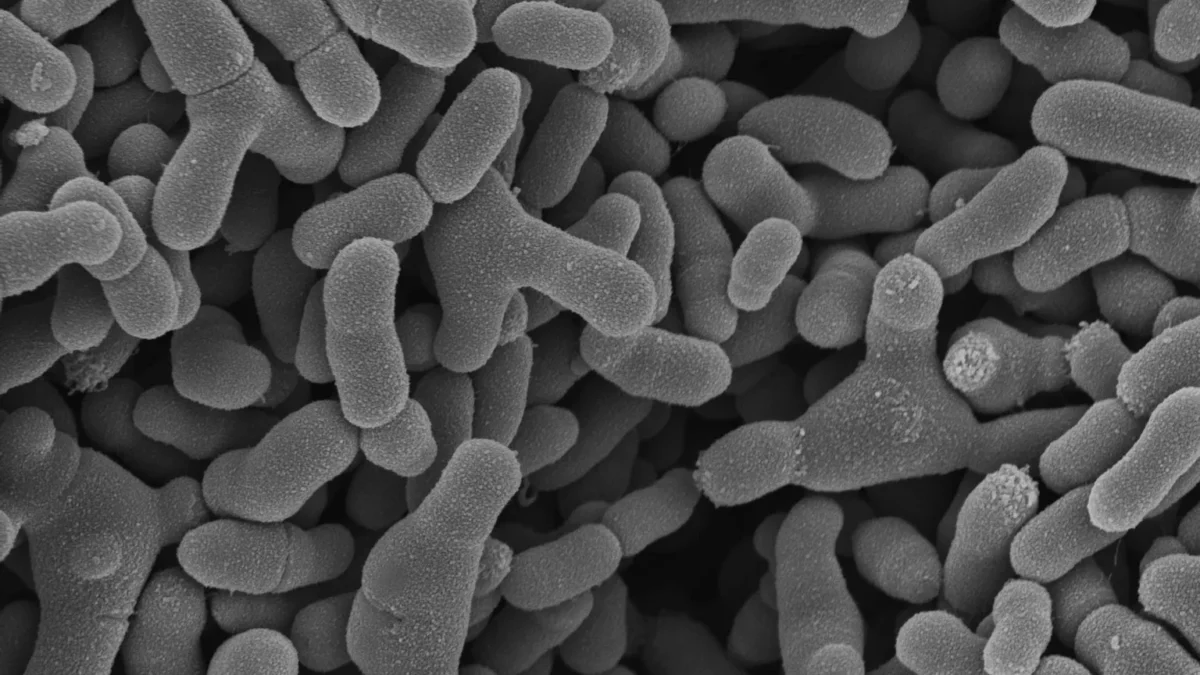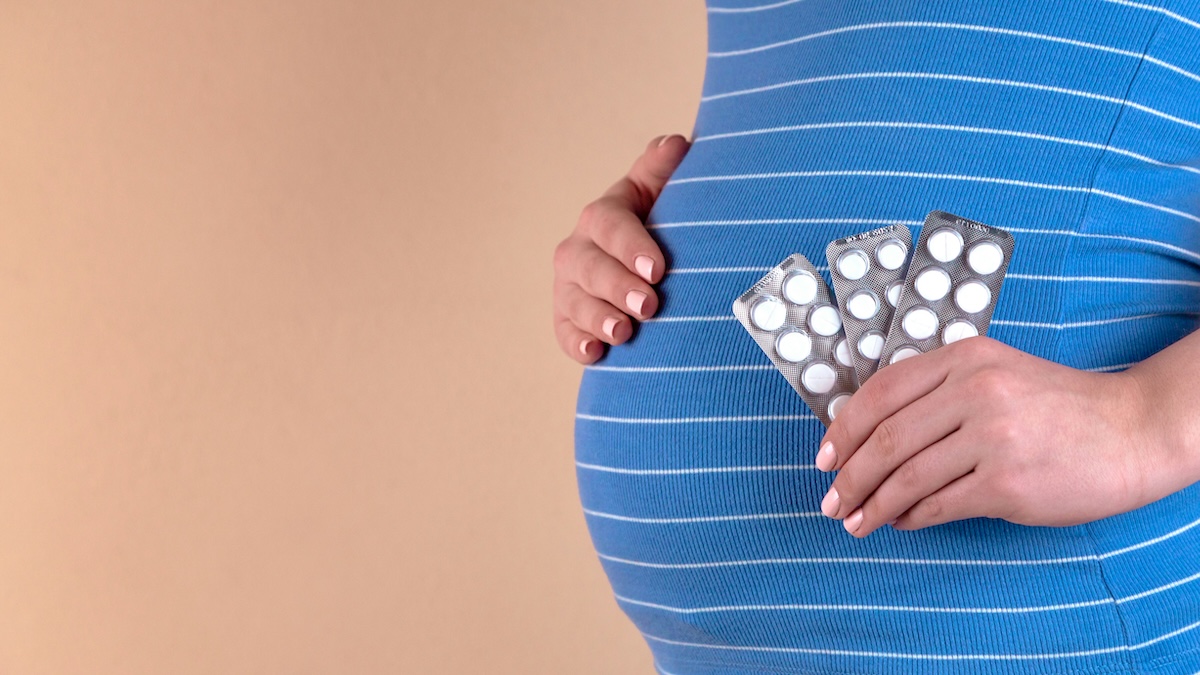 #News
#News
Diabetes, worms, and a troubling precedent
Experts issue recommendations on how to combat disinformation on social media after science communicators who refuted nutritionist are convicted
 The conviction of biologist Ana Cláudia Bonassa (left) and pharmacist Laura Marise de Freitas, of NuncaVi1Cientista, could set a dangerous precedent for science communicators
The conviction of biologist Ana Cláudia Bonassa (left) and pharmacist Laura Marise de Freitas, of NuncaVi1Cientista, could set a dangerous precedent for science communicators
Two science communicators were convicted for discrediting a nutritionist who, on his Instagram page, associated diabetes—a condition in which the body does not efficiently metabolize sugar molecules (glucose) in the blood—with worms. In the ruling, the scientists were required to delete their post, under penalty of a fine equal to R$100 per day of noncompliance and pay R$1 million in moral damages to the author of the posts. The defense can still appeal the decision.
The decision was rendered by Judge Larissa Boni Valieris, of the 1st Civil Court of São Paulo, in a lawsuit filed by nutritionist André Luiz Lanca against the profile NuncaVi1Cientista, run by biologist Ana Bonassa— who researches how diabetes affects metabolism — and pharmacist Laura Marise.
In July 2023, Bonassa posted a video — now deleted by court order — on NuncaVi1Cientista’s Instagram page, with a screenshot of the nutritionist’s profile in the background, explaining how diabetes really works and how it can be treated.
While recording, she introduces herself as a scientist and says that she is “here to help you not go through what this guy went through,” referring to a comment from a follower who had lost his mother “because she abandoned diabetes treatment and believed in a deworming protocol.”
The video was made after the nutritionist posted a video titled “Diabetes is Worms.” In the caption, he wrote: “natural deworming kills more than 100 types of worms, eliminating any possibility of disease. Learn our protocol and fall in love.”
The science communicators used the comment box below the post to try to warn the nutritionist that the information was incorrect, but they were blocked.
Lanca claimed to the court that he tried to take down the scientists’ video with an intellectual property complaint on Instagram, but the request was denied. He also argued that Bonassa blamed him for the “death of his customers and followers” and that he did not want the arguments and criticisms to be removed, but rather the photos, images, and information because his image and reputation were being violated.
In her defense, Bonassa argued that all of Lanca’s information disclosed in the video—such as his name, the city in which he lives, and his registration number within the Regional Council of Nutritionists (CRN)—is available on the author’s public profile and is accessible to everyone. She also claimed that she did not attribute patients’ deaths to the nutritionist.
According to the scientist, his profile was shown “because the treatment he offers is not corroborated by science.”
However, upon reviewing the case, the judge decided that the scientist “did not act with sufficient caution, incurring guilt by disseminating the video without authorization to use the author’s information,” despite having no ill intent.
“Since it is clear that freedom of expression was exercised by the defendant in such a way as to cause moral damage to the plaintiff, the plaintiff is entitled to the corresponding compensation,” she noted in the judgment, which is public.
According to the judge, the defendant caused moral damage, considering the “situation of shame and sadness to which the plaintiff was subjected, due to the defendant’s conduct in publishing, without authorization, his information in a video on a social network with a wide reach.”
In determining how much to award the plaintiff, however, the judge pointed out that “the author’s post about cures and theories are dubious to say the least.”
Troubling precedent
According to lawyer Ana Brás de Campos, the decision is surprising and could set a troubling precedent, limiting efforts by journalists and science communicators to combat disinformation.
“It is strange that the case’s merit was not the veracity of what the nutritionist was divulging, but whether, by being discredited on social media, his reputation and image were being violated,” says Campos, who works in civil law and is closely following the scientists’ case, although she is not involved in the defense.
“The judge leaned on the interpretation that reproducing another profile’s content on a social network without authorization was unjustifiable,” comments Campos. “It doesn’t matter that the profile, expressing ideas dangerous to public health, was open for anyone to see.”
She also highlighted the insignificant amount awarded to the plaintiff, “which suggests that the judge might not have been so sure of her decision.” According to Campos, the judge weighed up the science communicators’ right to freedom of expression against the nutritionist’s right to personhood, intimacy, and a private life.
“It is important that the space for criticism is preserved,” says the lawyer.
According to biochemist Graciele Oliveira, president of RedeComCiência—an organization that unites journalists, the press, and science communicators from all regions of Brazil—the decision jeopardizes the work of professionals striving to combat disinformation and fake news.
“What about journalists and fact-checking agencies?” asks Oliveira, from RedeComCiência.
According to Oliveira, RedeComCiência is working with partners to prepare a booklet with guidelines on copyright and the paths that journalists and disseminators can follow in the event of a lawsuit or judicial harassment—defined as the use of legal measures to intimidate journalists, in a disproportionate reaction to journalism on issues of public interest.
“Because we are a nonprofit organization, we don’t have the funds to support our members in legal matters,” says Oliveira. “That’s why we’re in contact with partners who can help us build a support network for journalists and broadcasters in this regard.”
For now, Oliveira recommends that both journalists and science communicators always check for authorization and licensing of third-party content they intend to use, seek advice from institutions that deal with copyright laws to protect themselves, and check how fact-checking agencies usually communicate.
“It doesn’t surprise me”
Orthopedist Cadu Viterbo has lost count of how many extrajudicial notices he has received in recent months. He is a science communicator in the field of sports medicine and often has to deny or clarify false or incorrect information provided by other influencers about dietary supplements and miracle treatments for losing weight or gaining muscle mass, with the aim of selling products and courses.
“What happened to the NuncaVi1Cientista girls doesn’t surprise me,” he says. “I’ve been going through a similar situation for a few months now.”
As his Instagram profile grew—Viterbo currently has a little over 40,000 followers—and his videos gained more attention, he began receiving extrajudicial notices and lawsuits filed by individuals who, because they felt offended or exposed in his videos, demanded compensation for defamation, slander, or misuse of their image.
“Many people expose themselves on social media with false or incorrect information all the time, but when we confront them, they claim that their privacy has been violated and that they didn’t authorize us to republish their content,” says Viterbo.
“It’s the tactic they use. They have a legal team ready to take action against those who hinder their business,” says Viterbo.
Now, the orthopedic surgeon has taken some precautions in his videos. “I try to focus on the content of the messages, blurring third-party images and information to prevent them from being identified. Even so, one of them recognized himself in a video of mine and is now suing me.”
In a statement, the Brazilian Society for the Advancement of Science (SBPC) expressed its indignation at the decision. “On the Brazilian internet, there is a vast ecosystem of ‘health influencers’ dedicated to selling outlandish solutions for diseases that should be treated with real medicine. (¼) Certainly, the Courts could play their part in protecting the population against these ‘influencers’ who can severely damage the population’s health. (¼) The Courts, therefore, cannot be complacent with lies. They kill.”
Ana Bonassa was contacted for this report but did not issue a response.
*
This article may be republished online under the CC-BY-NC-ND Creative Commons license.
The text must not be edited and the author(s) and source (Science Arena) must be credited.
News
 #News
#News
 #News
#News
 #News
#News
